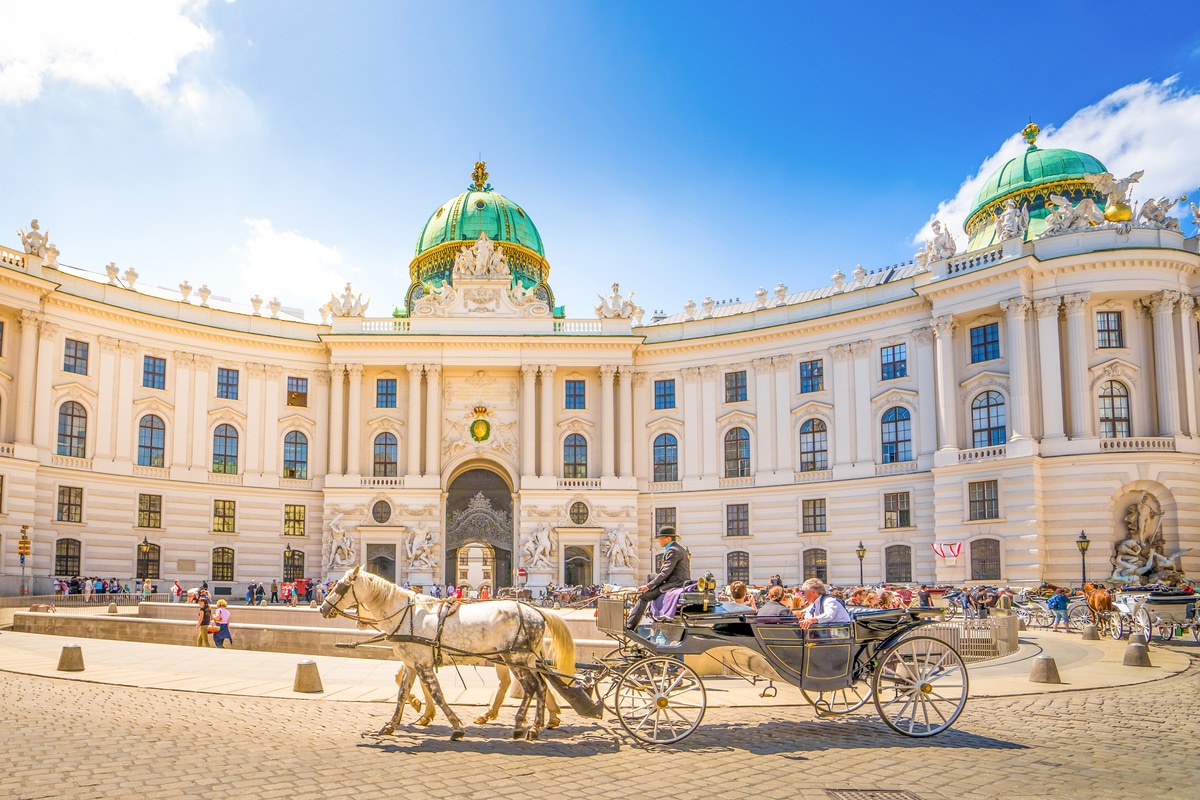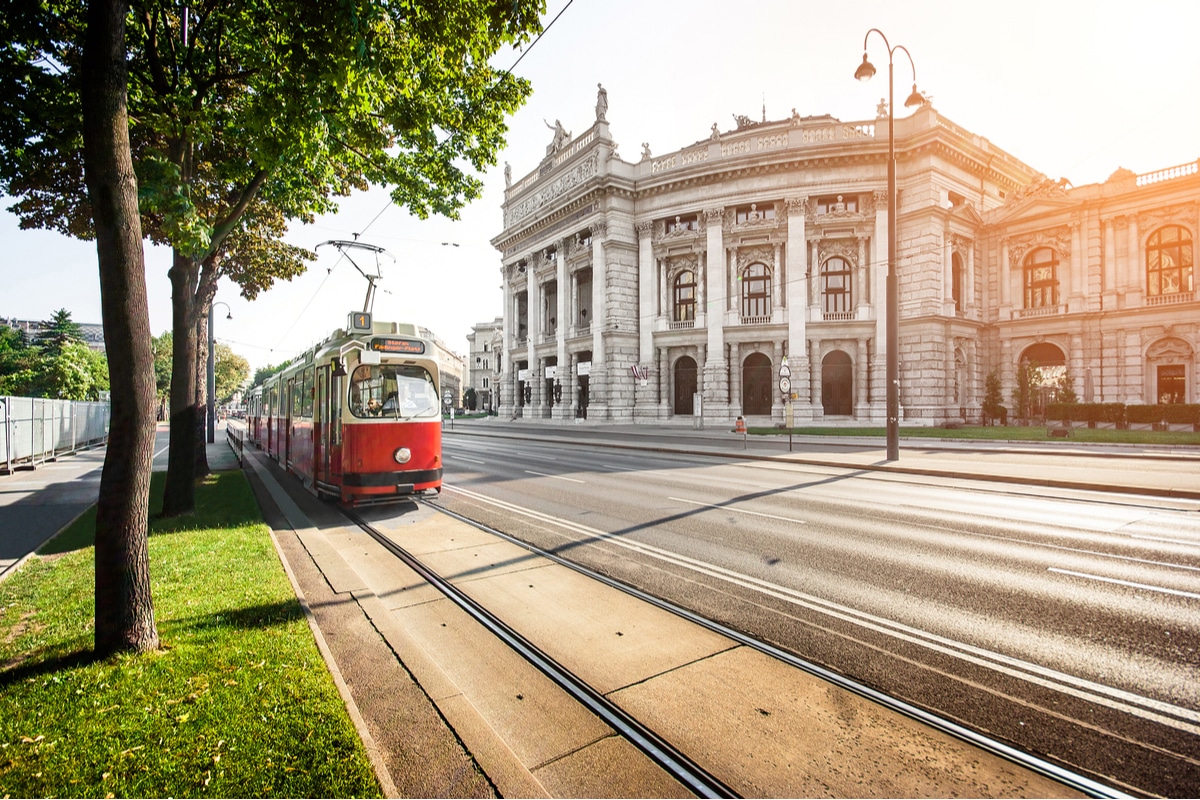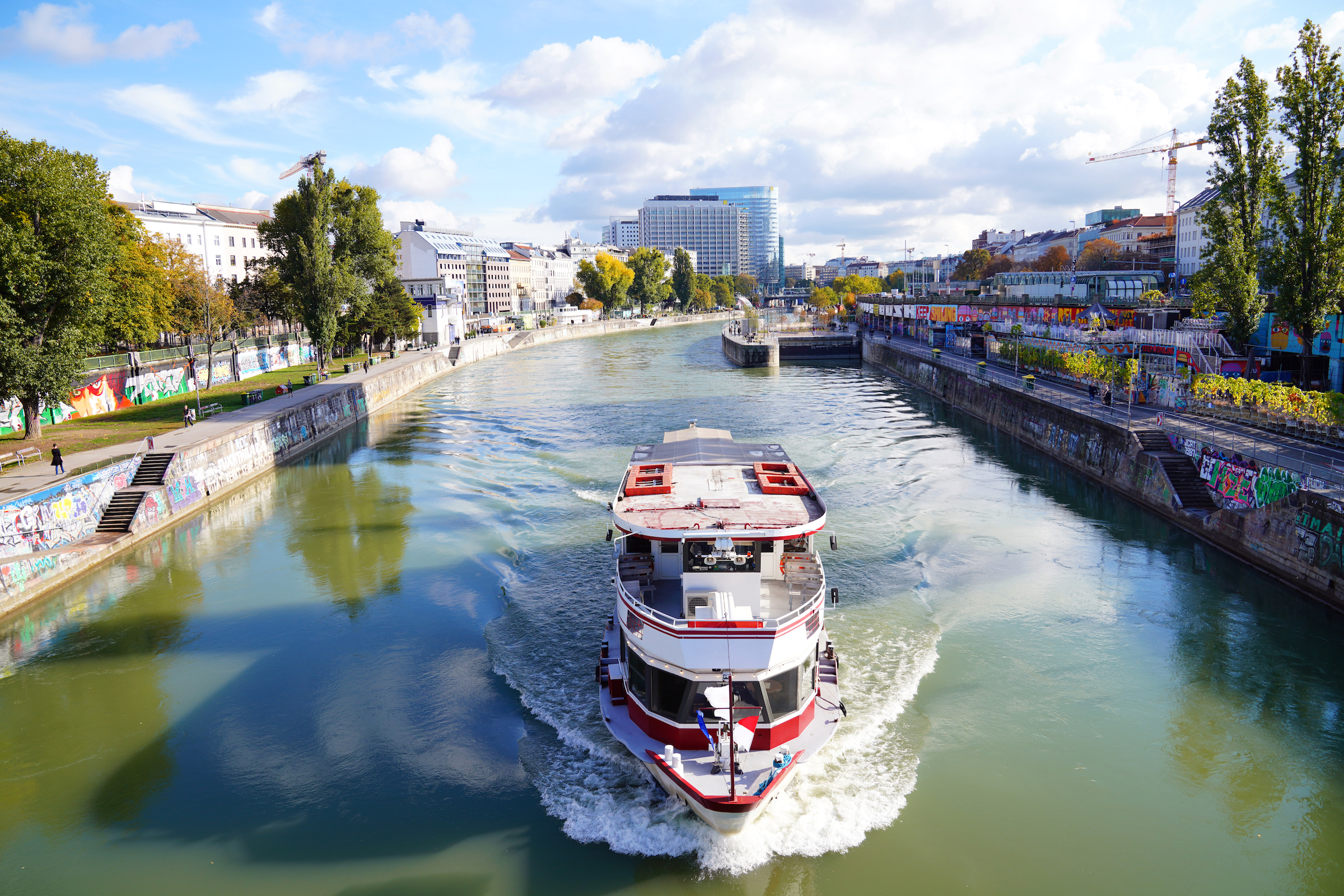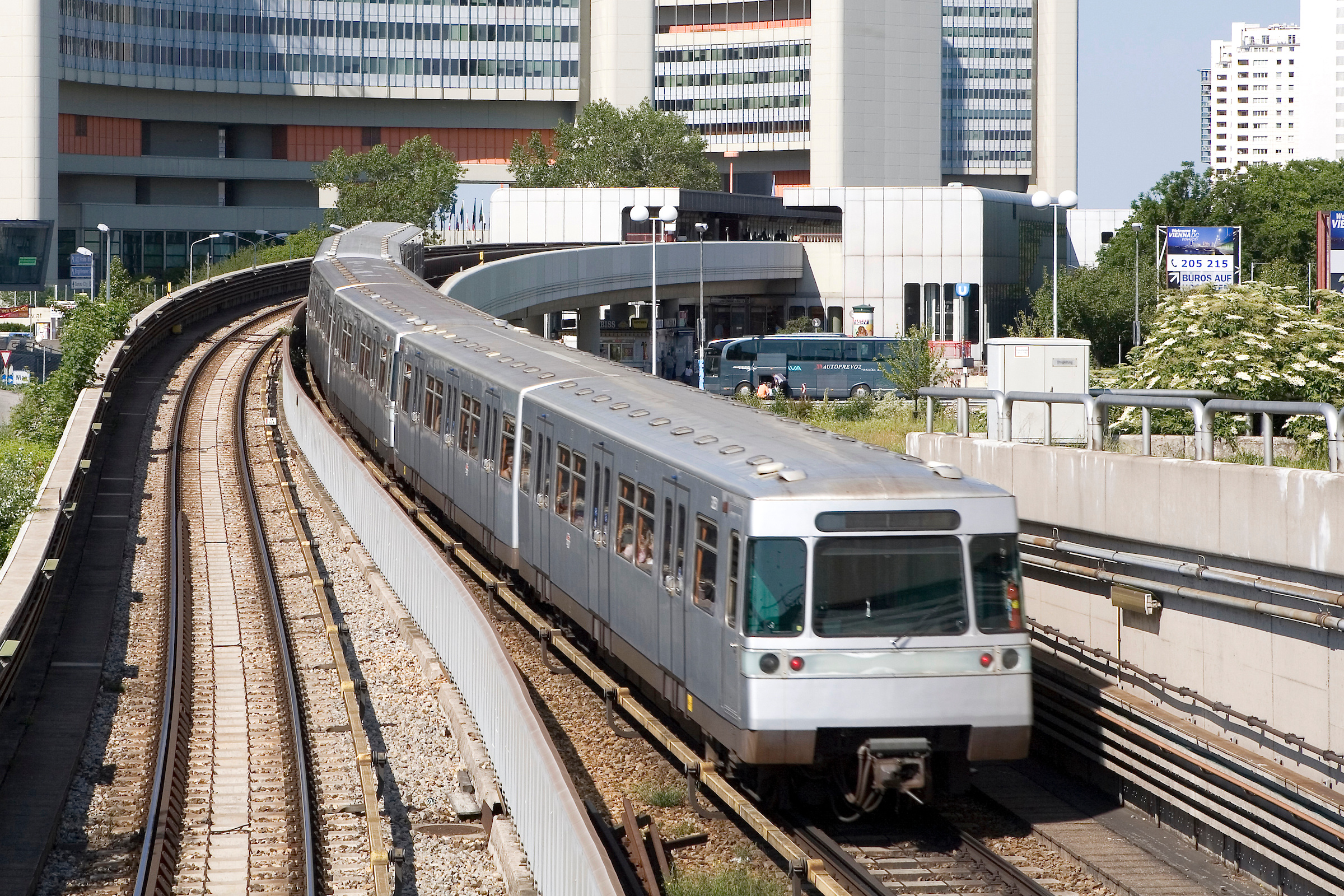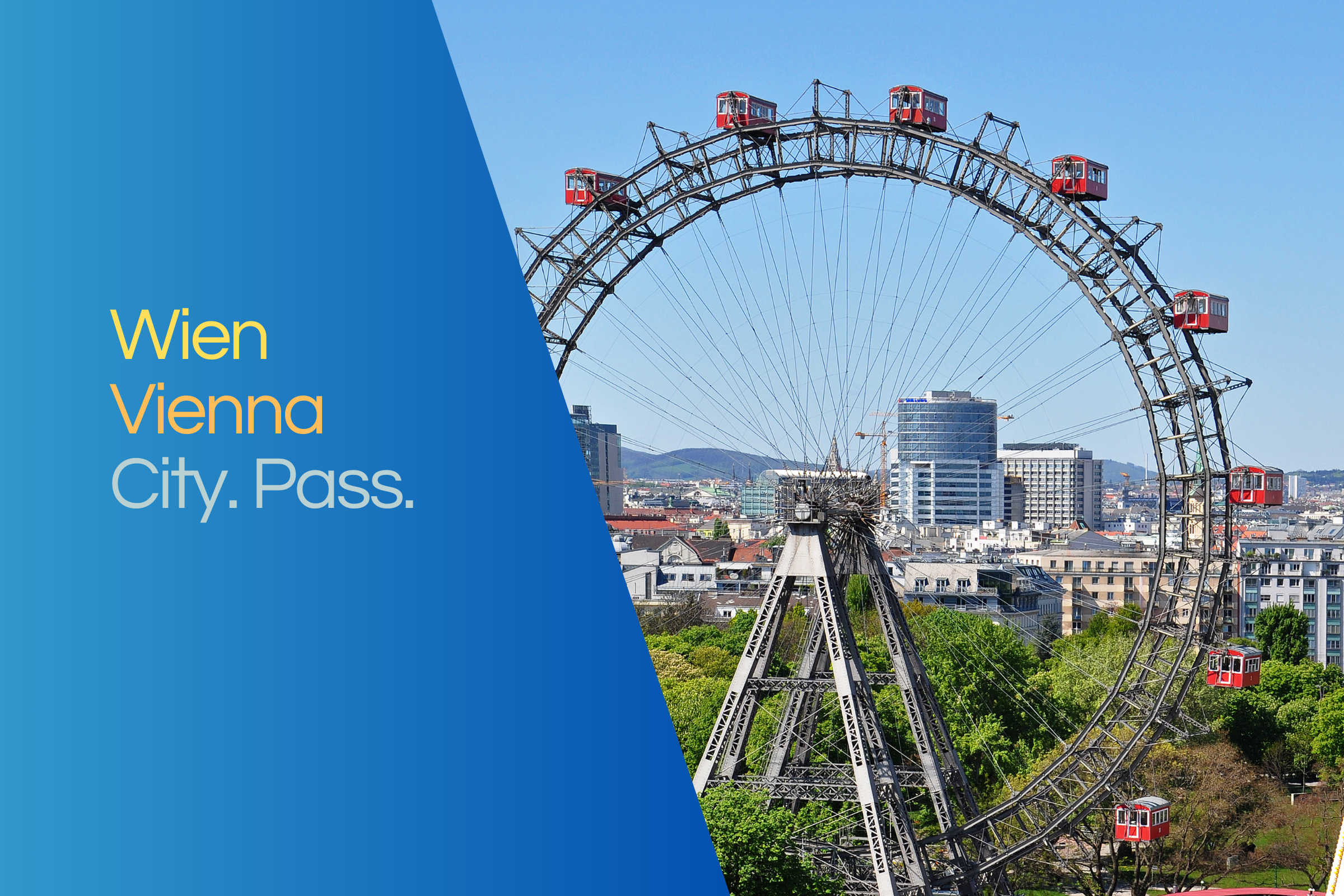Vienna City Hall
In 1850, the residence and cosmopolitan city of Vienna, long since expanded by several suburbs in the emerging industrial age, got rid of its medieval city wall and laid out the Ringstrasse in its place, which was to link various representative new buildings like a string of pearls: Burgtheater. University, parliament building and - on the former Paradeplatz - the "New City Hall" of the City of Vienna.
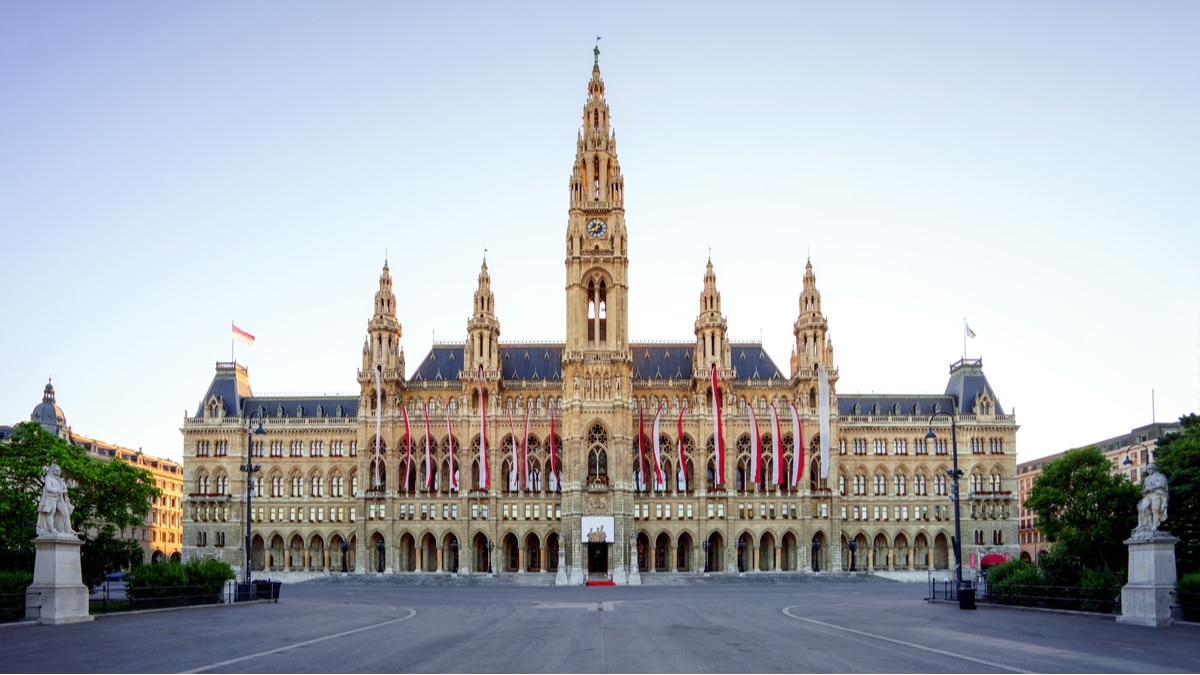
Neo-Gothic splendour
Even the choice of the building site marked a turning point in history: The former parade ground in the Josefstadt glacis had been wrested from the state by the city of Vienna. For all their love of the imperial and royal dual monarchy, the inhabitants of the city of Vienna were not just subjects, but thoroughly self-confident citizens of a cosmopolitan city, if you please.
The architecture of the booming cosmopolitan city is also indebted to this claim to freedom and self-representation. Many a viewer of the broad, massive and, thanks to various towers, playful façade might at first think they were in Brussels, Bruges or Antwerp. In fact, Flemish town halls served as models for the magnificent neo-Gothic building - from a time when these rich trading cities were quasi-independent states. The building materials (limestone for the façade, marble for the columns and profane bricks for the actual structure) came from all parts of the Dual Monarchy. It is then easy to understand why the construction of this prestigious building, 152 metres long and 127 metres wide, took eleven years (from 1872 to 1883).
Viennese Municipality
But behind the magnificent façade lies the mundane everyday life of an ordinary bureaucracy. All eight floors (two basement floors, ground floor, mezzanine, first and second floor as well as the attic) with their 1,575 rooms are occupied by the Vienna City Administration. The mezzanine, second and attic floors are mostly occupied by offices, while the first floor with the banqueting hall is used for representative purposes. On the first basement floor is the Wiener Rathauskeller, a public restaurant.
Even more public is the use of the town hall square: The Christmas market, the Viennese ice room or the Viennese festival weeks are all held here.
